For maximum cool factor and a super clean look for your entertainment center, mounting your flat-panel TV is the way to go. Here’s how to hang that flat-screen TV up on the wall.
Jump to:
Before you get started on your TV mount installation, here are a few things you’ll want to have on hand:

You don’t want a bunch of cables and TV antennas hanging down from your TV. That’s a good way to ruin the whole sleek aesthetic you were going for in the first place. Fortunately, there are a few options for cable management.
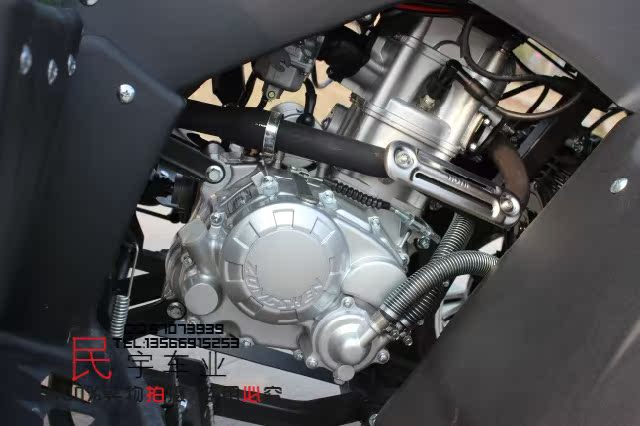 There are covers you can purchase that match the color of your wall, offering a simple way to hide cables.
There are covers you can purchase that match the color of your wall, offering a simple way to hide cables.Check out our Editor’s Choice awards for Best TV Providers and Best Live TV Streaming Services to get the right TV for you and your household.
If you have everything you need already, great! Let’s get started on the best way to mount your TV on the wall.
 When it does, mark it with some painters tape so you remember the position.
When it does, mark it with some painters tape so you remember the position. If so, remove them.
If so, remove them.And that’s it! Kick back, relax, and enjoy living the high life with a wall-mounted TV.
About the Author
Mike Strayer
Mike Strayer, PhD, has written and edited TV, internet, and tech content across the interwebs for over seven years.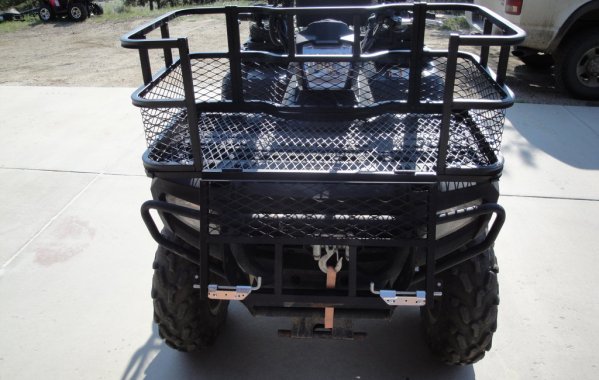 As Managing Editor of CableTV.com, he nerds out dissecting labyrinthian channel lineups and sifting through massive on-demand libraries. Off the clock, catch him on his couch deep in The Twilight Zone or wandering Westworld.
As Managing Editor of CableTV.com, he nerds out dissecting labyrinthian channel lineups and sifting through massive on-demand libraries. Off the clock, catch him on his couch deep in The Twilight Zone or wandering Westworld.
Learning how to wall mount a TV gives you the power to make one of the biggest upgrades for your home theater (outside of buying a new TV or a fancy sound system). And we've already found the best TV mounts to help you get started.
Why do people want to wall-mount a TV? Wall-mounting a TV comes with a number of benefits, from a cleaner aesthetic design, to better ergonomics for more enjoyable watching. It also can prevent a TV from tipping over — which can be a safety hazard if you young kids and pets who like climb near the TV stand.
It's also super affordable, with plenty of excellent mounting options selling for $100 or less. Whether you have a simple tilting wall mount or a fully articulated, dual-arm mount that provides a full range of motion and positions, the basics for installing that hardware are pretty much the same.
Whether you have a simple tilting wall mount or a fully articulated, dual-arm mount that provides a full range of motion and positions, the basics for installing that hardware are pretty much the same.
From the prep work to the actual installation, here's how to wall mount a TV, step by step.
Aside from having a TV and a wall, you'll need to have a few things on hand to properly mount your TV.
You'll also want at least one other person to help. You'll need an extra pair of hands to help lift and position the TV, and perhaps a second person to assist in getting the position just right.
Take it from a guy who has personally unboxed and set up dozens and dozens of TVs – you need someone else to help you out. While smaller TVs can be handled by a single person, anything over 50 inches should be moved and lifted by two people. Even if the weight is manageable for a single person to lift, the size and shape of the TV make it unwieldy, and care has to be taken to prevent damaging the display. Mounting a broken TV will take all the fun out of it.
When handling a TV, you'll want to take extra care to protect the display panel. A large sheet of glass or plastic will naturally have some flex to it, but the underlying display technology usually doesn't. Even a little bit of unwanted flexing or pressure on a panel can damage a TV beyond repair. (Again, take it from a guy who has broken a few TVs over the years.)
To properly lift and carry a TV, you want to let the TV chassis do the work of supporting the display. Lift from the bottom of the set, supporting it at the side or top corners to keep the TV upright, in the same position it would be in normal use. This is the ideal position for the TV, because the chassis bears all of the weight and pressure. Try not to lean one way or the other, because the thinnest TVs can actually bend under their own weight enough to damage the display.
This is the ideal position for the TV, because the chassis bears all of the weight and pressure. Try not to lean one way or the other, because the thinnest TVs can actually bend under their own weight enough to damage the display.
When laying a TV down flat, lay it screen-side down on a large flat surface that's covered with a clean, soft blanket or carpet. Any stray objects or debris can scratch the screen or bezel, so make sure it's really clean!
You want a surface that will evenly support the entire flat front of the TV, with no uneven portions that would place additional pressure on any one spot, or that would leave one side of the TV unsupported.
Very carefully set the TV down on its bottom edge and gently lean it forward, lowering it down onto the soft surface, holding both the top corner and the middle of the side so as to evenly support the TV, being careful not to introduce unnecessary twisting or pressure on the panel.
The first thing you'll need to do is select the right wall mount for your TV. This comes down to two major factors: what size bracket your TV will accept, and what style of TV mount will work best for your set and the room it's in. Any of the selections from our best TV mounts list should work for most TVs, but be sure to confirm the details of your own TV and needs via its manufacturer or the manual it shipped with.
This comes down to two major factors: what size bracket your TV will accept, and what style of TV mount will work best for your set and the room it's in. Any of the selections from our best TV mounts list should work for most TVs, but be sure to confirm the details of your own TV and needs via its manufacturer or the manual it shipped with.
Bear in mind that wall mounting a TV may also put it at a different distance from the seating you already have. Make sure that you plan accordingly to put the TV at the appropriate distance for optimal viewing. (Check out our article What size TV should you buy? for more details about viewing distance.)
You'll also want to unbox the mount and familiarize yourself with the product before you start any sort of installation and mounting project. Make sure that you have the necessary screws (both for the wall and for attaching to the TV) and that you understand how the wall bracket and TV mounting plate attach to each other.
Once you've settled on the right mounting bracket for your TV, you'll need to choose the right location, and position it at the right height. Proper wall positioning is essential when wall-mounting a TV, because your ability to adjust the TV position afterwards will be quite limited, even with an articulated wall mount.
Proper wall positioning is essential when wall-mounting a TV, because your ability to adjust the TV position afterwards will be quite limited, even with an articulated wall mount.
Start by finding the right wall. This will be located in a pretty central location, where the seating in your living room or home theater lets you sit comfortably while watching movies and shows. Be sure that the wall also has access to the necessary power outlets and any cable or satellite connections.
Center the TV at the right height, with the center of the screen more or less at eye level. (This is where it helps to have a second helper that can check the comfort and angle as you and another helper hold the actual TV.) You can note the desired position by marking the lower right or left corner with pencil or masking tape.
Finally, consider the position of the mount in relation to the TV. Some TVs attach mounting brackets in the center of the chassis, while others are offset toward the bottom, so plan accordingly to position your wall mount correctly.
For more helpful positioning tips, check out our helpful guide on mounting your TV: best viewing angle and height.
Once you've got everything you need and have planned out the basics, like where you want to put the TV and understanding how the TV mount is put together, you're ready to mount the TV. It's a pretty simple process, but doing it right will be the difference between an attractively mounted TV and one that may not sit right, or even damages the TV.
(Image credit: Shutterstock/Ungvar)1. Find the studs
Once you've settled on the perfect spot on the wall, you'll need to find the studs to mount the bracket properly. Mounting your TV wall bracket to the studs provides the structural strength necessary to support a TV that could weigh anywhere between 30 and 100 pounds. Drywall alone will not support this sort of weight, so it's essential that you anchor the TV mount into the studs.
Finding the stud location is as simple as using a cheap stud finder, or using other means to find stud location.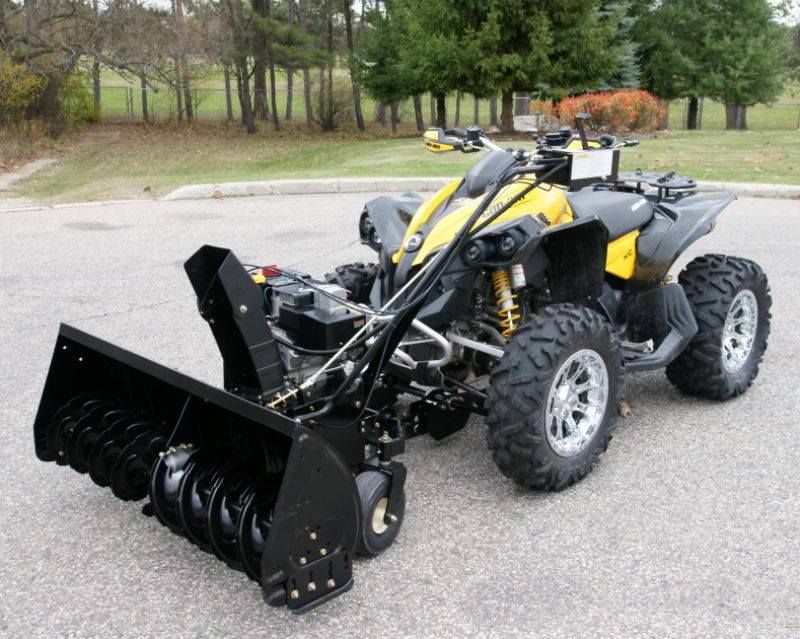 Measure the mounting points on the TV while bracket to determine how many studs you need to find. For most, it will be a span of two studs, one for the left and one for the right. Depending on the specifics of your walls and your chosen TV mount, it may need to be a span of three studs. You can mark the location of studs lightly on the wall with a pencil.
Measure the mounting points on the TV while bracket to determine how many studs you need to find. For most, it will be a span of two studs, one for the left and one for the right. Depending on the specifics of your walls and your chosen TV mount, it may need to be a span of three studs. You can mark the location of studs lightly on the wall with a pencil.
2. Mark the hole position
Next you'll need to mark specifically where you plan to screw into the wall. Ideally, you will use a level to ensure that these marks are not only even between the two studs, but also to make sure that the amount will not be slanted. You can mark specific locations for the pilot holes on the wall itself in pencil, or, you can tape paper over the intended mounting location, using either a pre-printed template or marking one up on your own.
3. Double check the bracket position
With your marks in place, it's time to position the mounting bracket on the wall. First, place the bracket flat against the wall, lining up one screw location with the first marked hole. Keeping that point firm, pivot the other side of the bracket as needed to line up with the second hole. Use a level to double check that the mount is level when it's aligned with your planned pilot holes.
First, place the bracket flat against the wall, lining up one screw location with the first marked hole. Keeping that point firm, pivot the other side of the bracket as needed to line up with the second hole. Use a level to double check that the mount is level when it's aligned with your planned pilot holes.
4. Drill pilot holes
Using a drill, you'll need to drill pilot holes through the drywall and into the studs in the proper positions.
(Image credit: Shutterstock/Monkey Business Images)5. Mount the wall bracket
Once the pilot holes are drilled, you will use the included mounting screws to secure the wall bracket. Using a power drill, screwdriver or ratchet, put in the wall screws to firmly attach the bracket to the wall, with the screws going into the studs.
Generally speaking, you'll want the screws tight enough to hold the bracket snug against the drywall, with no wiggling or rattling of the mounting plate. If the screws are sinking into the drywall or the bracket is warping in any way, you have overtightened.
If the screws are sinking into the drywall or the bracket is warping in any way, you have overtightened.
With the wall bracket properly placed, you are more than halfway done mounting your TV.
(Image credit: Shutterstock/Ole.CNX)6. Attach the TV mounting plate
Next you'll attach the mounting plate to the TV. This is the second half of the TV mount, which will attach to the back of the TV, and then connect with the wall bracket to securely hang the TV on the wall. Depending upon the type of mount you are using, the two halves may be attached through a simple clip, a rail system, or even an extendable arm.
Line up the TV mounting plate with the VESA mounting holes on the back of the TV chassis. Using the included screws that should have come with your TV mount, attach the mounting plate to the TV using a screwdriver.
Be especially careful not to over tighten the screws, which can result in damage to the TV chassis or stripped screw heads, both of which can cause real issues mounting (or later unmounting) the TV.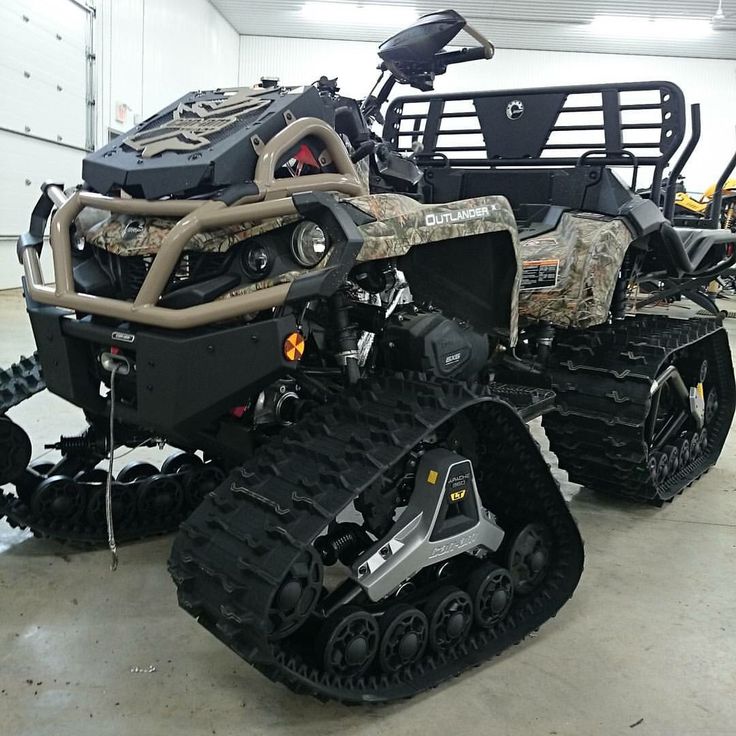 A good rule of thumb is to tighten the screw until it holds the bracket snug against the chassis, and then tighten a quarter turn.
A good rule of thumb is to tighten the screw until it holds the bracket snug against the chassis, and then tighten a quarter turn.
7. Attach the TV mounting plate to the wall bracket
With both the wall bracket and TV mounting plate securely in place, all that's left is to attach the two.
Start by lifting the TV to the proper height, or slightly higher than the intended position, so that the TV can be lowered to attach the bracket and plate.
In some instances, this will be a drop-in connector with safety screws that can be tightened after attaching, but others will use attachments that may clip or screw into place. Be sure to consult the instructions that came with the TV mount and use the included hardware to attach the plate to the bracket.
Take care when lifting the TV, with particular attention paid to holding the TV by the outside bezels, and not the glass. Be especially careful not to grab or press on the screen, which can damage the display very easily.
Once the amount is properly attached, you can allow the bracket to support the weight of the TV.
8. Reconnect the TV
All that's left at this point is to reconnect power to the TV and any other devices that might need to be plugged in. Once that's done, you can kick back and enjoy the newly-mounted TV.
Our favorite TV mounts
Reduced Price
Echogear Full Motion TV Wall Mount EGLF2
$129.99
$119.99
View Deal
See all prices
Sanus Advanced Full-Motion Premium TV
$460. 60
60
View Deal
See all prices
Reduced Price
Mounting Dream Tilt TV Wall Mount
$49.99
$29.99
View Deal
See all prices
Rocketfish Tilting TV Wall Mount
$74.99
View Deal
See all prices
Echogear Full Motion TV Wall Mount EGMF2
$49.99
View Deal
See all prices
Peerless-AV Full-Motion TV Wall Mount
$229. 95
95
View Deal
See all prices
Get instant access to breaking news, the hottest reviews, great deals and helpful tips.
Contact me with news and offers from other Future brandsReceive email from us on behalf of our trusted partners or sponsorsBrian Westover is currently Lead Analyst, PCs and Hardware at PCMag. Until recently, however, he was Senior Editor at Tom's Guide, where he led the site's TV coverage for several years, reviewing scores of sets and writing about everything from 8K to HDR to HDMI 2.1. He also put his computing knowledge to good use by reviewing many PCs and Mac devices, and also led our router and home networking coverage. Prior to joining Tom's Guide, he wrote for TopTenReviews and PCMag.
Topics
TV

The dream came true! A modern flat LED TV has been purchased! Now you can watch movies in high definition, use the Internet and turn it into a center of home entertainment. Only one question remains unresolved - how to choose the right place and at what height to hang the TV on the wall. At first glance, the questions are simple, but, as practice shows, the convenience and comfort of viewing it depends on the correct installation of the TV panel. If mistakes are made, achieving the full picture and sound quality is often difficult. nine0003
The fact is that at present, people watch TV on average at least three to four hours a day, not counting those options when TV just works in the background. And on weekends, the time spent near the screen increases significantly. And this applies to both adults and children. That is why errors during its installation can cause various inconveniences and even lead to health problems.
 nine0007
nine0007 The screen is too high - fatigue sets in quickly, the head is in an unnatural position, the neck muscles are tense all the time, headaches and even muscle spasms occur.
The screen is too low - the head is lowered all the time, a feeling of discomfort quickly arises, headaches may appear.
There are a number of other factors that affect the choice of location and at what height it is better to place the TV. nine0003
The vast majority of modern TVs are equipped with wall mount systems. And that's great. In this case, a flat-screen TV on the wall practically does not take up space and significantly saves free space, which is especially true for most modern apartments. Today, it is the TV wall mount option that has gained immense popularity for decorating modern interiors.
However, there is also a reverse side of the coin. After all, with a wall mount, changing the location of the TV on the wall is fraught with difficulties: sealing old mounting holes, drilling new ones, moving the brackets that hold the TV on the wall. That is why the questions at what height to hang TV on the walls in rooms of different functionality should be given maximum attention. nine0003
That is why the questions at what height to hang TV on the walls in rooms of different functionality should be given maximum attention. nine0003
To calculate at what height from the floor to hang the TV, experts advise first determining the distance from the TV to the viewer. To calculate the distance, the formula is used:
L = kD
In her
L is the distance from the screen;
D - TV diagonal size;
k is a coefficient depending on the resolution of the TV screen: for HD its value is 2.3, for Full HD resolution it is 1.56 and for UHD it is 0.7. nine0003
For example, a Full HD TV with a screen diagonal of 42 inches was purchased. To convert inches to centimeters, multiply by 2.54.
42 x 2.54 = 106.68 cm.
Now let's use the formula:
L = 1.56 x 106.68 = 166.42 cm.
The mounting height is calculated based on the distance obtained by drawing a conditional parallel to the floor segment from the viewer's eyes to the wall on which it is planned to mount the TV. At this point, you need to position the center of the screen. And the beam from the resulting horizon, deflected upward by 20 °, will show the place where its upper edge should be located. nine0003
All calculations given are approximate. Also, keep in mind that these are minimum distances. In practice, they turn out to be much more. At what height the TV should be placed on the wall is also influenced by many other factors, such as, for example, the location of the window from which direct sunlight enters, the height of the places from which the viewing will be carried out, the height of the audience, the surrounding furniture, and even the style of the interior of the room. However, at the same time, medical experts advise everyone to strictly adhere to the distance from the viewer to the TV screen and a height of about 135 centimeters to the center of the TV and at least 75 centimeters to the bottom edge of the equipment.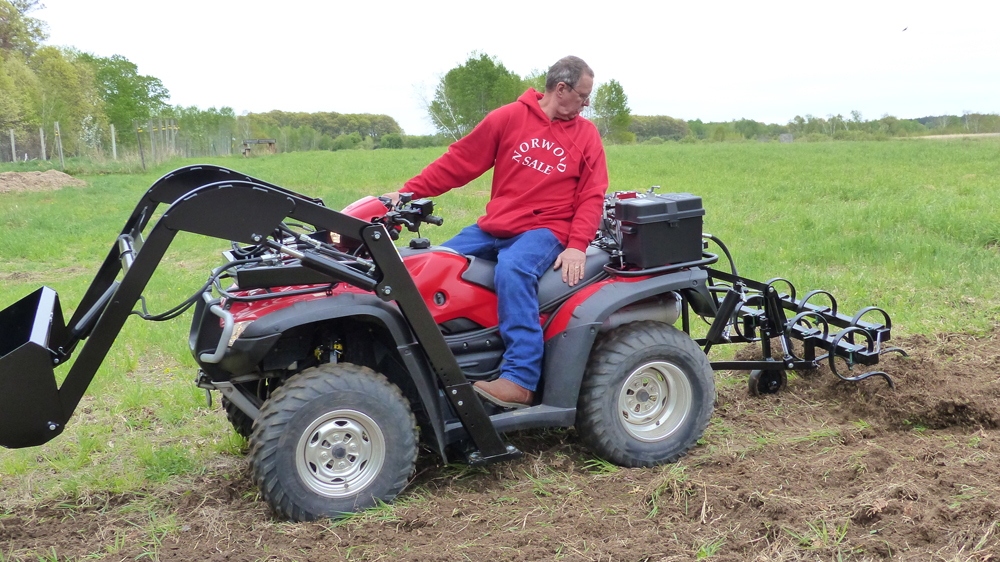 nine0003
nine0003
All of the above requirements primarily apply to the living room (hall) - a place designed to meet guests and relax the whole family. This takes into account the features of the room and furniture. The main thing to understand is that several people from different places can watch TV in the living room at once, so you should try to hang the TV so that all viewers are comfortable. As a rule, the optimal height is a value from 1.2 to 1.4 meters. nine0003
With interesting practical experience on how to place a TV on the wall in the living room so that everyone can watch it comfortably, some users who had to deal with this problem share. They claim that a piece of paper or a poster the size of a TV can help. It is attached to the wall with mounting tape and looked from different points to see if it is conveniently placed. This method allows you to change and adjust the attachment point as many times as you like until the ideal option is found. If the most suitable place is found in such an empirical way, then a modern TV will reveal its best qualities to each viewer in the form of a juicy, clear image and good sound. nine0003
If the most suitable place is found in such an empirical way, then a modern TV will reveal its best qualities to each viewer in the form of a juicy, clear image and good sound. nine0003
Another tip, at what height is it better to hang the TV in the living room. In recent years, large screen televisions have been used for interactive video games that are controlled by gestures.
For example, tennis and other sports simulators, various fighting games, music and dance game projects. Naturally, in this case, the TV should be fixed a little higher, so that it is comfortable for both the player, who is standing in front of the TV screen, and the audience sitting on the sofa. nine0003
Despite the fact that doctors recommend watching TV for a strictly defined amount of time and in no case in a lying position, TV in the bedroom has become widespread in recent years. That is why the question at what height the TV should be fixed on the wall in the bedroom is always relevant.
It should be noted that installing a TV on the wall in the bedroom has its own characteristics, which are as follows. Firstly, it is recommended to slightly increase the distance from the TV to the viewer. The optimal distance is considered to be at least four diagonals of the screen. Secondly, choosing a TV in the bedroom does not have to chase large sizes. It is enough to purchase a TV with HD or Full HD resolution with a small screen. It will be quite enough for comfortable viewing in a small bedroom. This will reduce eye strain. And finally, if the bedroom has a high bed, then the height from the floor should be about 1-1.3 meters. At the same time, viewing convenience will be added by a mounting bracket with the ability to tilt or rotate the TV, which will always allow you to choose the optimal angle for comfortable viewing. nine0003
The position of the viewer must also be taken into account. If you intend to watch TV reclining and lying down, then the height from the floor should be significantly increased.
You can even use a special ceiling bracket. In this case, for comfortable viewing without color loss, tilting the TV is a must. However, there is also a limitation here. The angle of inclination of the screen surface should not exceed 30°.
An interesting technique for determining what height the TV should be in the bedroom is offered by some experts. In order to find out the exact location of the TV screen, you should lie on the bed, relax with your eyes closed, and after a couple of minutes look at the wall. The place that the eye immediately fell on determines the center of the TV screen. Experts say that this technique is much more efficient than calculations using formulas and correction factors. nine0003
At what height to hang the TV in the kitchen? This is the question to which the most conflicting answers are given. It all depends on what function is assigned to TV in the kitchen. It is one thing when the kitchen in the apartment is a purely cooking room and the TV is assigned the role of background broadcasting, but it is quite another when it is turned into a kitchen-studio or kitchen-dining room, where all the household members gather to eat. In the first case, when choosing the height of the TV receiver, one should focus on the height of a standing person, and in the second, find a place for him using methods suitable for the living room, only taking into account the height of the people sitting at the table. nine0003
In the first case, when choosing the height of the TV receiver, one should focus on the height of a standing person, and in the second, find a place for him using methods suitable for the living room, only taking into account the height of the people sitting at the table. nine0003
In addition, security issues, both for those around you and for the TV itself, come to the fore when choosing a place for TV. You can not hang it near the stove, oven, sink. At the same time, it is advisable to avoid sunlight on the screen, which creates reflections and glare, which can be eliminated by placing the TV away from windows and balcony doors or by using curtains.
Of course, it is extremely difficult to satisfy all these conditions. Therefore, swivel brackets will come in handy. These TV wall mounts are highly durable and provide enough freedom to choose the best viewing position. nine0003
The main conditions when choosing a place for TV in the nursery is to ensure the safety of the child. Considering that the nursery is both a sleeping room and a playroom, the TV should be installed so that the baby cannot touch it. And this means that it should be slightly higher than the calculations. In this option, the main role will be played by the ability to set the angle of inclination.
Considering that the nursery is both a sleeping room and a playroom, the TV should be installed so that the baby cannot touch it. And this means that it should be slightly higher than the calculations. In this option, the main role will be played by the ability to set the angle of inclination.
An important role in choosing a place for TV in the nursery is played by the presence of furniture and the growth of the child himself. At the same time, it should be borne in mind that TV viewing can be carried out both from a bed or from a table, and from the floor. Often children watch TV in their room even while standing. Therefore, no compromises can be made in this matter. nine0003
As a conclusion, it should be noted that the questions at what height the TV should be located in rooms of different functionality are not so simple. There are many initial conditions that need to be taken into account to solve these problems, but the main thing is safety and viewing comfort. If these conditions are met, then we can assume that you have coped with the choice of a place for TV.
READ OTHER ARTICLES
Share the article with your friends
If you have purchased a wall-mounted TV, the question arises: how to hang it on the wall correctly? In general, there is nothing complicated in the installation of the device. If you know how to use a drill, hammer and screwdriver, then you can quite cope with this on your own. In order to mount a Samsung TV receiver or any other on the wall, special devices are used: properly hang the TV on special devices - brackets. They vary in shape, size and functionality. nine0118
If after purchase you cannot decide where to place the TV, then think about the advantages of hanging it on the wall.

As with any solution, there are disadvantages to hanging a TV on the wall.
In order to choose the right bracket for your Samsung, LG or any other TV, you should study the characteristics of the device. It is important to know its diagonal, weight and VESA standard. This is the generally accepted distance between mounting holes, predetermined by the manufacturer. It varies from 10 * 10 to 40 * 40 cm. Based on this, a bracket is selected. They differ in the material of execution, the number of knees (their absence), a rotary / inclined / fixed platform, designed for different diagonals. nine0003
This is the generally accepted distance between mounting holes, predetermined by the manufacturer. It varies from 10 * 10 to 40 * 40 cm. Based on this, a bracket is selected. They differ in the material of execution, the number of knees (their absence), a rotary / inclined / fixed platform, designed for different diagonals. nine0003
Important! Most brackets can withstand weight up to 25 kg, and it is extremely difficult to find a modern TV with a weight greater than this value. However, to make sure that the mass of the device is still acceptable, it will not be superfluous.
Let's take a closer look at the design of the brackets.

Before you hang the TV on the wall with your own hands, it is important to determine the height of the unit. nine0043 According to existing standards, the bottom edge of the device must be at a distance of 0.7 m to 1 m from the floor. If the TV set will be bought for the kitchen, then its location under the ceiling will be the best option. However, there are other options for placing a TV in the kitchen.
Don't worry if the right spot is slightly above eye level - you can adjust the tilt of the using the tilt/swivel bracket. It is best to choose this one: it allows you to adjust the position of the device for maximum viewing comfort, and there will be room for wires in the back. nine0003
Start with study wall . It can be concrete, brick, wood or plasterboard. You shouldn’t mount TV on the last option - with a probability of 99% after a while it will tear out a piece of such a wall and break. Knowing the material from which the wall is made is also necessary to understand which drill will be needed to make holes. But you don’t need to worry about fasteners in order to fasten the bracket to the wall, and the TV to it - everything you need is included in the suspension and TV set. nine0003
It can be concrete, brick, wood or plasterboard. You shouldn’t mount TV on the last option - with a probability of 99% after a while it will tear out a piece of such a wall and break. Knowing the material from which the wall is made is also necessary to understand which drill will be needed to make holes. But you don’t need to worry about fasteners in order to fasten the bracket to the wall, and the TV to it - everything you need is included in the suspension and TV set. nine0003
Important! When determining the location of the bracket on the wall, consider the presence of hidden wiring and the distance to the outlets. Also, do not forget that there should not be heaters nearby.
In order not to rack your brains on how to hang the TV on the wall with the bracket, you need to follow some simple steps.
 Then mark from the floor 1 m + the value obtained from the measurements on the TV. You will get the height at which 9 will be drilled0131 bottom fixing holes . Draw a line through this point using a level.
Then mark from the floor 1 m + the value obtained from the measurements on the TV. You will get the height at which 9 will be drilled0131 bottom fixing holes . Draw a line through this point using a level.  nine0103
nine0103
Flat 42” TV panels (and especially larger units) are ready to be mounted without the use of special brackets. Device manufacturers have already provided for how to hang the TV on the wall without a bracket. For this, special “lugs” (grooves) were made on the rear panel of the device . Therefore, installing a TV with “ears” is not much different from hanging a picture or a mirror. The main thing is that the fasteners correspond to the weight of the device. If the ears for hanging are not provided, then you can make the fasteners with your own hands. nine0003 Having decided to hang the TV on the wall, the user will certainly think about how to hide the wires. Obviously, if they just stick out, then all the beauty of this installation method is nullified. Even at the repair stage, it is worth considering a place where the TV will stand in the future. Tip! It is quite difficult to predict in advance what exactly will be connected to the TV, so ideally you should take care of having 5-6 outlets. This amount is certainly enough for any devices that may be needed in the future. If the repair has already been done, the wire box comes to the rescue. It can be neutral white or decorated in the colors of the interior. If there is a window nearby, then the cable can be hidden behind a curtain, the socket can be raised to the ceiling, and the wire to it can be put behind the eaves. nine0003 Below are some interesting wire decorating ideas. The advice below comes from service professionals who install and set up television equipment. Thanks to these recommendations, the risk of hanging the TV on the wall incorrectly is minimized. If you are not going to change its position during the operation of the telly, then you can make a simple and inexpensive TV mount on the wall with your own hands. To mount a unit with a 32 or 42 inch screen, you will need to prepare 4 aluminum or steel corners (to be used in the manufacture of a TV bracket) and 1 spoke from a bicycle. It is recommended to use aluminum corner because it is easier to handle. The dimensions of the segments are not important, the main thing is that the holes on the body of the device and on the corner match. Plastic dowels of the desired diameter and length (depending on the weight of the unit) can be used to fasten the parts to the wall. Before attaching the TV to the wall, you need to determine the width of the corners . It should be such as to ensure normal ventilation between the wall and the TV receiver. Otherwise, your 42 inch TV will overheat, which will affect its lifespan. All wires, electrical and antenna, can be hidden in the cable channel. There are many opinions on how to hang a TV on a plasterboard wall. Some say that you can use a butterfly dowel, others - that this is not a reliable mount. From practice, it has been noticed that TV sets weighing no more than 15 kg (diagonal 42 inches) can be hung on a “butterfly”. This option can be used for a 32 or 42-inch wall-mounted TV. Otherwise, for TVs with a larger mass, there is a risk of destruction of drywall. For clarity, how to use the butterfly dowel, you can watch the video: You can hang the TV on a plasterboard wall in a more reliable way: use a strong magnet to find the screws that fasten the sheet to the rails, and then attach the bracket to the metal profile. This anchor can be used as a fixing element in both concrete and brick walls (pre-drilling a hole of the required diameter). The length of the stud must be selected taking into account the distance of the drywall sheet from the main wall. The deeper the anchor is screwed into the brick or concrete, the more weight it can withstand, since the entire load will be on the load-bearing wall, and not on the facing sheet. nine0003 How to mount the TV on the wall was discussed above. But what if the drywall sheet is used not as a cladding, but as a partition? Attaching an expensive device to such a plane is highly discouraged. In this case, the TV can be installed on the special stand shown in the figure below. A TV hung on a bracket in this way can be rotated in any direction (thanks to the rollers on the stand), that is, the entire structure becomes mobile. Can be used to mount the TV to a plasterboard wall by screwing pipes to it to install the bracket. How to hide the wires
 Preferably rear electrical outlet and antenna outlet. It is better to do several of the first: you may have to connect a smart set-top box with external power or other equipment. If there is a cabinet under the TV, then some of the sockets can be mounted at a distance of 30 cm from the floor and a couple more directly behind the screen. nine0003
Preferably rear electrical outlet and antenna outlet. It is better to do several of the first: you may have to connect a smart set-top box with external power or other equipment. If there is a cabinet under the TV, then some of the sockets can be mounted at a distance of 30 cm from the floor and a couple more directly behind the screen. nine0003
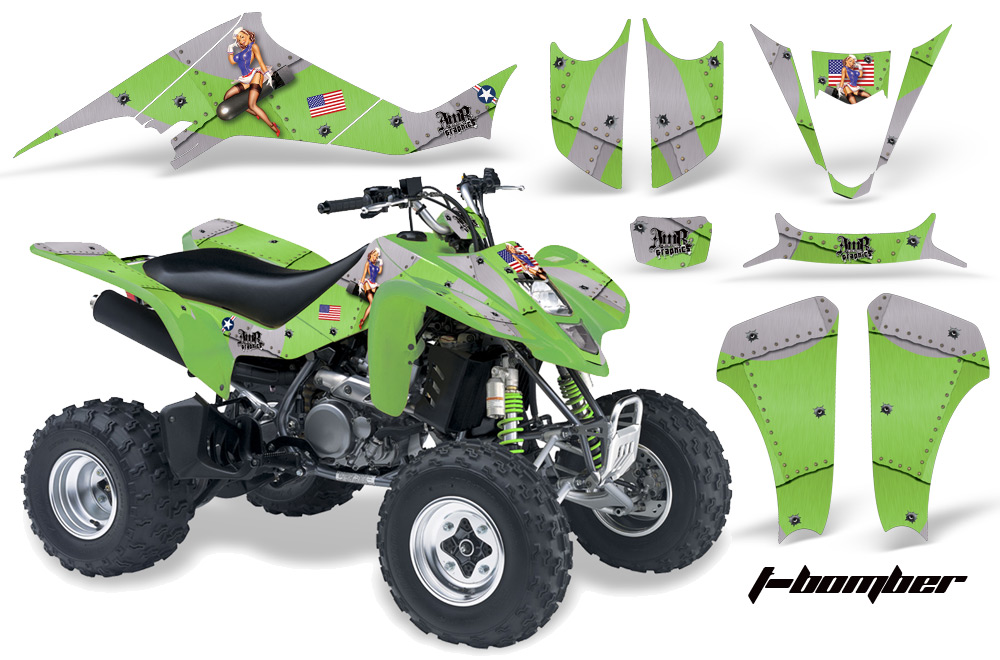
Advice from the experts

We make a bracket with our own hands
 nine0092
nine0092
 nine0003
nine0003 Hanging a TV on a Plasterboard Wall
 You can also hang the TV on a plasterboard wall using the stud screw.
You can also hang the TV on a plasterboard wall using the stud screw. 